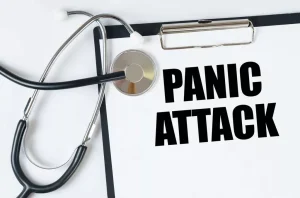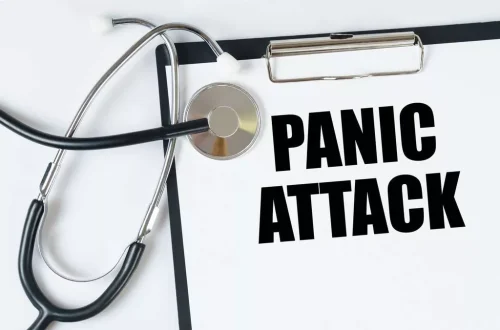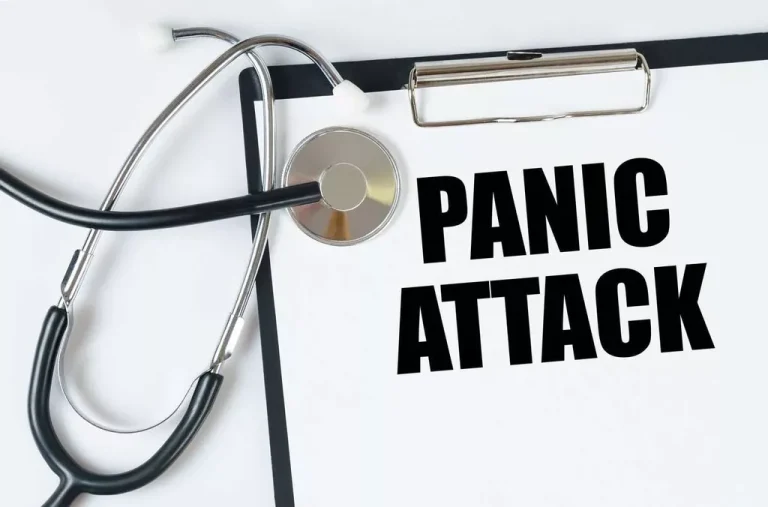
An individual who is adequately dosed with naltrex-one does not obtain any pleasure from addictive opioids and is less motivated to use them. When heroin, oxycodone, or any other opiate travels through the bloodstream to the brain, the chemicals attach to specialized proteins, called mu opioid receptors, on the surfaces of opiate-sensitive neurons (brain cells). Opioids are prescribed therapeutically to relieve pain, but when opioids activate these reward processes in the absence of significant pain, they can motivate repeated use of the drug simply for pleasure. As office-based treatment of heroin addiction becomes available, the highest possible safety level (that is, minimal side effects) should be balanced with treatment effectiveness. The patient taking methadone must either visit the medical office daily (not feasible in most cases) or be responsible for taking daily doses at home, as scheduled. Accordingly, for an opioid-dependent patient who cannot be relied upon to take the medication as instructed and thus might overdose, buprenorphine in three doses weekly would be a safer choice than methadone.
- By these mechanisms, stress may contribute to the abuser’s desire to take drugs in the first place and to his or her subsequent compulsion to keep taking them.
- Someone who is prescribed opioid medications for pain for prolonged periods may develop tolerance, which means they need a higher dose to get pain relief.
- Opioids are prescribed therapeutically to relieve pain, but when opioids activate these reward processes in the absence of significant pain, they can motivate repeated use of the drug simply for pleasure.
Drug information
The patient’s office visits could be limited to once or twice per week, with remaining buprenorphine doses taken at home. Also, buprenorphine has less overdose potential than methadone, since it blocks other opioids and even itself as the dosage increases. The abnormalities that produce dependence, well understood by science, appear to resolve after detoxification, within days or weeks after opioid use https://ecosoberhouse.com/ stops. The abnormalities that produce addiction, however, are more wide-ranging, complex, and long-lasting.
The Neurobiology of Opioid Dependence: Implications for Treatment
At a 1995 meeting, Purdue executives described how OxyContin could “cure” the “vulnerability” of generic competition and laid out how they planned to market the drug. In this 1990 memo, Robert Kaiko, the scientist who would go on to help invent OxyContin, explains why Purdue needs another painkiller. On the strength of that promise, OxyContin became America’s bestselling painkiller, and Purdue reaped $31 billion in revenue.
Risk Factors for Oxycodone Overdose

Never share opioid medicine with another person, especially someone with a history of drug abuse or addiction. It is estimated that nearly two million Americans are addicted to prescription pain relievers, and drug overdose has become the leading cause of accidental death in the U.S., exceeding motor vehicle accidents. There are immense benefits to quitting OxyContin, including giving your life a sense of meaning and peace again. Doctor shopping, forging fake prescriptions, borrowing prescriptions, using a friend or family member’s tablets, or purchasing the substance from a drug dealer can all indicate that an addiction has formed. Those suffering from an OxyContin addiction will seek out the drug regardless of the risky behavior and negative consequences that can accompany use.
Side effects
Log in or create an account for a personalized experience based on your selected interests. If you develop a tolerance to a substance, it becomes less effective for you. As such, you may need a higher dosage to experience the same effect.

- Company officials worried that if OxyContin wasn’t seen as a 12-hour drug, insurance companies and hospitals would balk at paying hundreds of dollars a bottle.
- Just one dose can cause death in someone using this medicine accidentally or improperly.
- Additionally, people addicted to oxycodone also commonly abuse marijuana, benzodiazepines, and stimulants.
The circuitry has been re-engineered in the brain to expect a certain dopamine spike. You’re not going to get those same dopamine spikes from just doing natural activities because now your dopamine is coming from extra natural, supernatural ways. So once you start taking the opioids, the things that used to make you satiated or pleasurable in the past, it’s not going to be as effective.

The words “tolerance,” “dependence,” and “addiction” are often used interchangeably, but they mean different things. Feelings like joy and shame also play a role in drug dependence, and make it hard to quit. “Finding the job, saving money, finding how addictive is oxycontin a place to live,” says Ferguson.

The higher doses produce full suppression of opioid craving and, consequently, opioid-free urine tests (Judd et al., 1998). Patients generally stay on methadone for 6 months to 3 years, some much longer. Relapse is common among patients who discontinue methadone after only 2 years or less, and many patients have benefited from lifelong methadone maintenance. OxyContin is an opioid (narcotic) pain medication used to relieve severe ongoing pain that is not controlled by other pain treatments. OxyContin contains oxycodone, a strong pain reliever that helps reduce pain by activating opioid receptors in the nervous system.
Losing control: The science of opioid addiction
Opioids increase the amount of dopamine in a part of the brain called the limbic reward system. Dopamine causes intense feelings of pleasure, which drives users to seek out the drug again and again. Alcohol and benzodiazepines are 2 of the most dangerous substances to combine with oxycodone. Because oxycodone, alcohol, and benzos all depress the central nervous system (CNS), mixing them can be extremely damaging and potentially fatal. This deadly cocktail can slow down breathing and cardiac function to the point of complete failure.